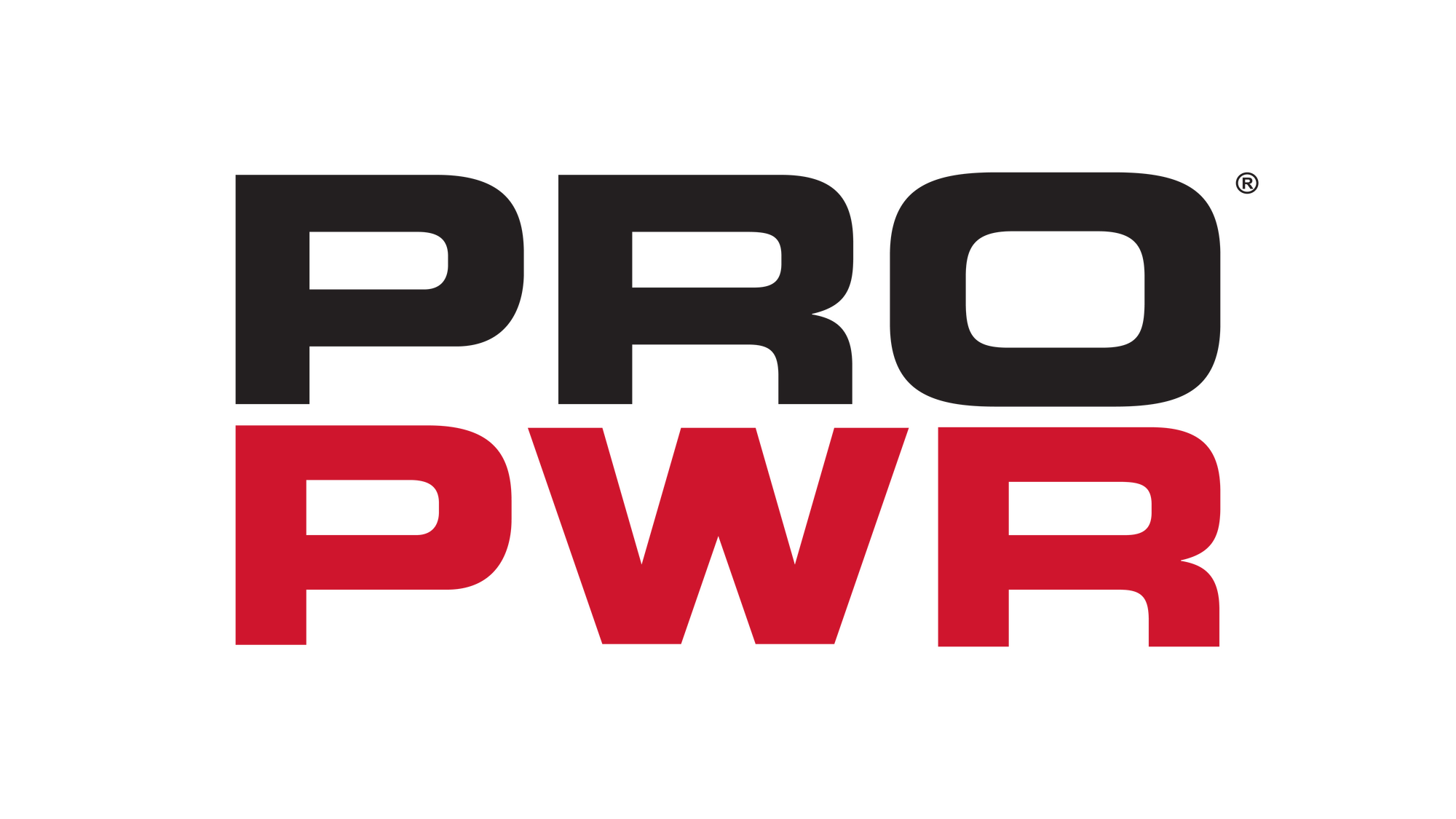The shift to electric fracturing isn’t just a trend—it’s a technological pivot reshaping the oilfield. Lower emissions, quieter ops, improved efficiency, and enhanced safety have made e-frac fleets the poster child for next-generation completions. By eliminating diesel storage and refueling, operators reduce the risk of spills, fires, and hazardous fume exposure, making electric sites safer for crews and surrounding environments.
Electric fleets are only as reliable as the energy driving them. Without a rock-solid power plan, even the most advanced equipment grinds to a halt. And in the middle of a multi-well pad, downtime isn’t just inconvenient—it’s expensive.
As the industry electrifies, more operators are learning that the grid isn’t always ready to meet the moment. The best fleet in the basin means nothing if the power can’t keep up.
The Promise (and Pressure) of E-Frac
Electric fleets offer major advantages over traditional diesel-powered systems: lower fuel costs, fewer emissions, tighter control systems, and a streamlined footprint. They also improve environmental health and safety by minimizing airborne pollutants, removing diesel exhaust exposure, and cutting down on the volume of flammable liquids stored on-site.
But powering e-frac fleets isn’t plug-and-play. These systems require massive, stable loads—often exceeding what local infrastructure can deliver. Grid access is inconsistent. Utility interconnect timelines are slow. And even when service is available, price volatility and peak demand penalties can erode the economics.
Electric fleets may be the future. But the grid? Not necessarily.
Grid Tied or Grid Independent?
Many operators assume utility power will be available—and that it will be the most cost-effective choice. That assumption doesn’t always hold up. In-field reality often includes overloaded substations, long waitlists, or remote pads with no access at all.
A growing number of companies are moving away from grid dependence altogether, using gas-powered microgrids and modular turbine systems to generate electricity on-site. These setups are fast to deploy, highly scalable, and deliver steady power in locations the utility can’t reach—or won’t prioritize.
They also enhance operational safety by eliminating reliance on external fuel delivery schedules and reducing truck traffic around live operations—two major risk points in traditional frac jobs.
The result: fewer delays, more control, and consistent output across the frac schedule.
Power Planning Is Performance Planning
Too often, power strategy is treated as an afterthought in the e-frac equation. But the ability to maintain high-output operations hinges on energy that is not just available, but dependable, affordable, and engineered to match load profiles.
Without that, crews wait, costs rise, and fleet performance falls short.
Smart operators are taking a front-loaded approach—incorporating power planning early in site design and aligning energy infrastructure with operational goals from day one. That includes factoring in site safety, crew exposure, and regulatory compliance from a power perspective—areas where natural gas systems provide meaningful advantages over diesel.
Building the Future, Pad by Pad
PROPWR partners with our sister company, ProPetro, and their Force electric fleet to deliver high-output natural gas power generation designed to meet the demands of modern completions. Our mobile and modular microgrid systems—powered by gas turbines and reciprocating engines—offer safe, scalable, and resilient energy infrastructure tailored to the pace of e-frac operations. These systems reduce on-site risk, eliminate diesel-related hazards, and bring power directly to where it’s needed—where the grid ends and work begins.
Electric is the future. Let’s build a safer, stronger power plan to match.

